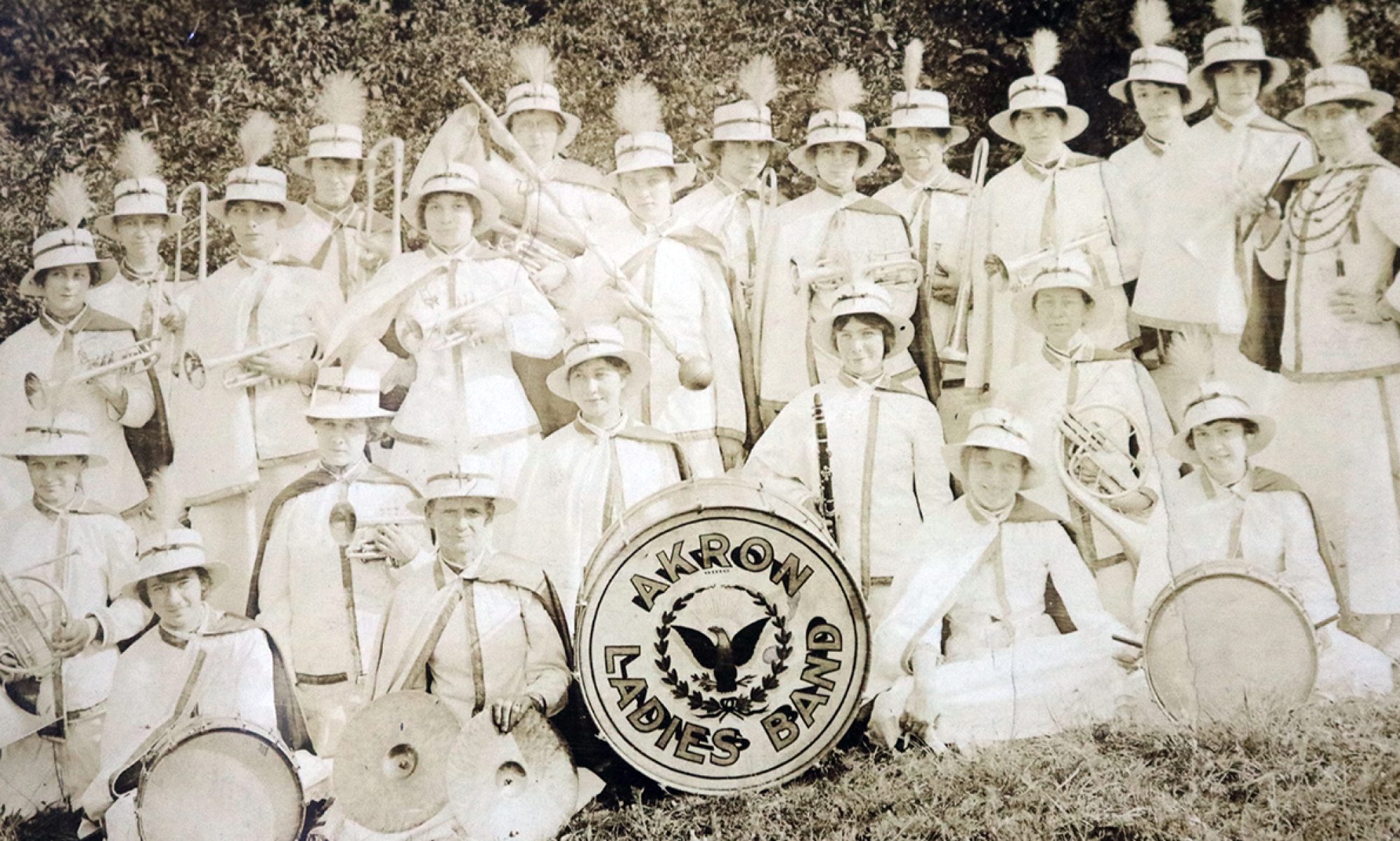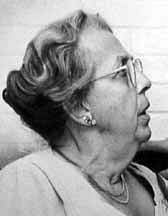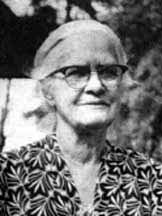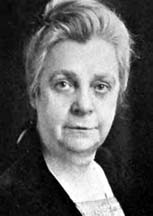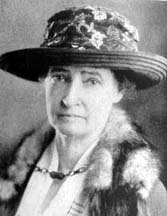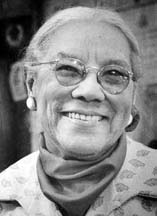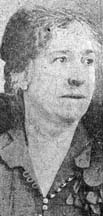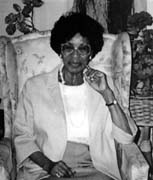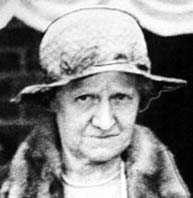
Every concert presented by the Tuesday Musical Club in Akron, Ohio, is a lasting testament to Mary Zipperlen Schumacher. It was Schumacher’s bequest that made the concerts economically viable.
In the early days of the Tuesday Musical Club, the organization faced an uncertain future. Even a fund-raising campaign championed by the city’s newspaper, the Beacon Journal, could not guarantee the future of the concerts. Schumacher, a pianist and a long-time member of the Tuesday Musical Club, assured that future by leaving a sizable amount – some $50,000 – to the organization to underwrite the costs of concerts. She also endowed scholarships for students at the Ferdinand Schumacher School and left a large bequest to the Sumner Home for the Aged.
Mary Schumacher was the second wife of the “cereal king” of Akron. Ferdinand Schumacher was almost 40 years older than his bride.
Mary Zipperlin was born in Cincinnati in 1860. The daughter of Dr. and Mrs. Adolph Zipperlin, Schumacher had one sister, Hermine Hansen, who became another prominent Akron community leader.
Schumacher was involved in a number of other Akron women’s organizations as well. She was a charter member of the Akron Women’s City Club. She was also active in the Akron and Summit County General Federation of Women’s Clubs and the Sumner Home for the Aged.
Schumacher traveled extensively which helped the Tuesday Musical Club enormously. She cased the world for musical organizations and up-and-coming artists.
Her travels also meant that she would be a popular speaker to the various clubs and organizations in the city. She talked about her trips to the Pacific (Tristan da Cunha), Africa as well as Europe. Her travels also led her to an interest in aviation. She flew on a plane for the first time in 1919 and soon affiliated with the Akron women’s organization affiliated with the National Aeronautical Association.
Schumacher died in Akron’s City Hospital in September 1936. She had been ill for several weeks. Cremation took place in Cincinnati.
Photo courtesy of the Beacon Journal.
–Kathleen L. Endres
